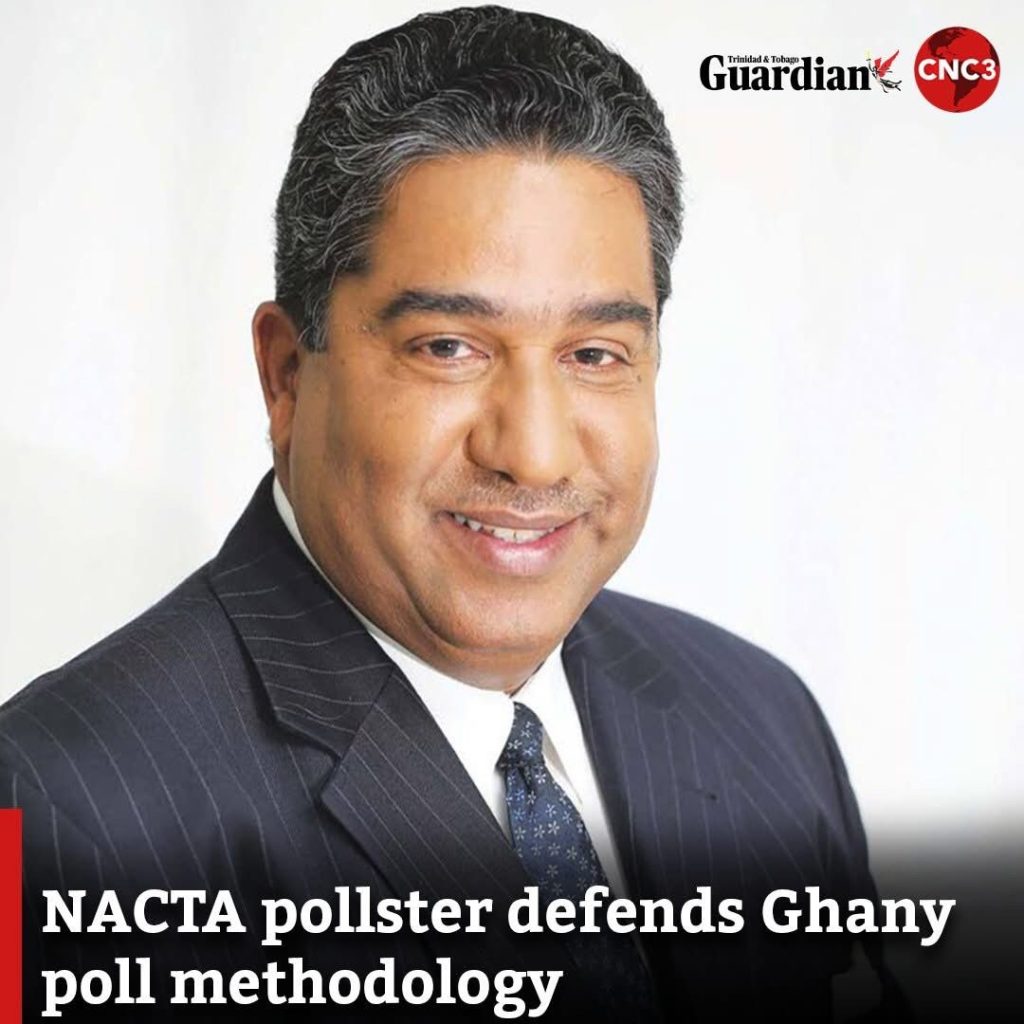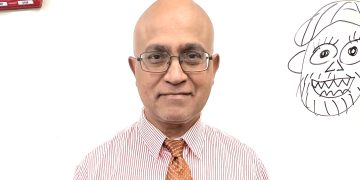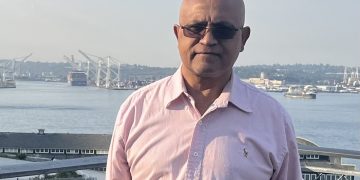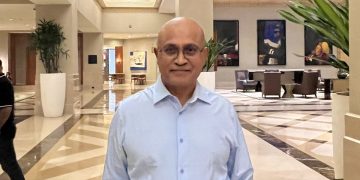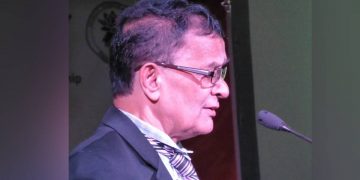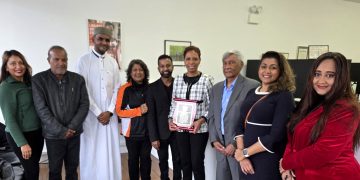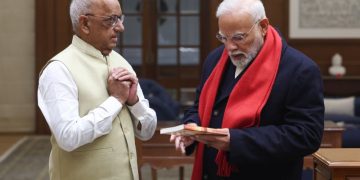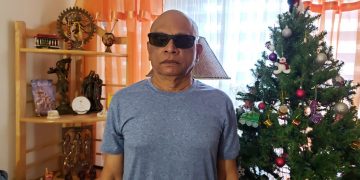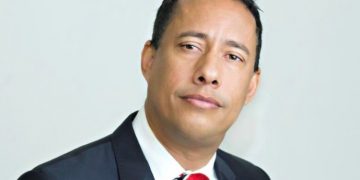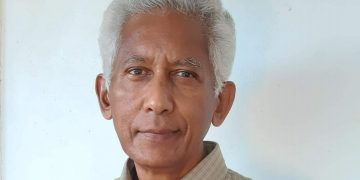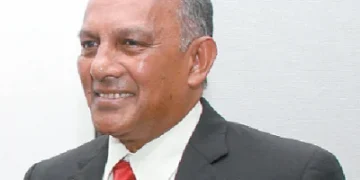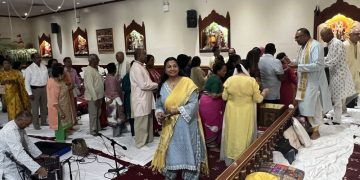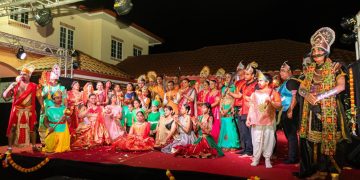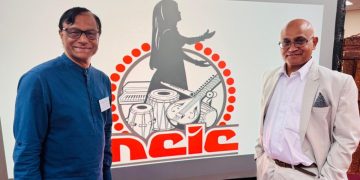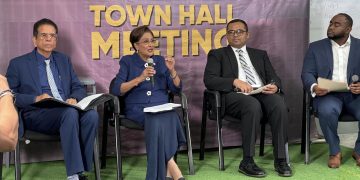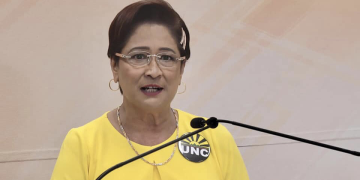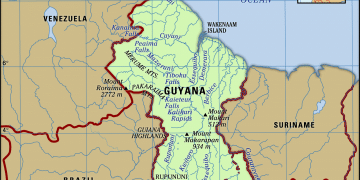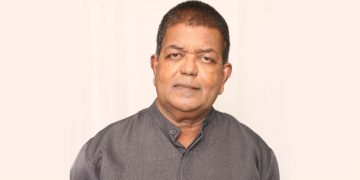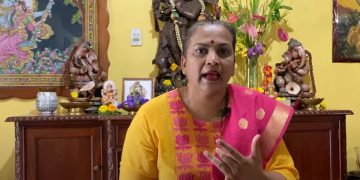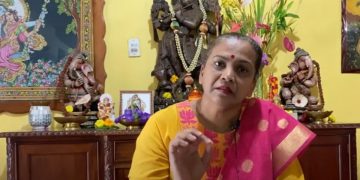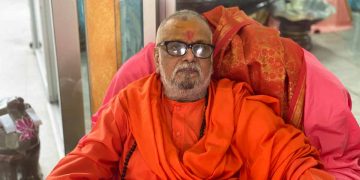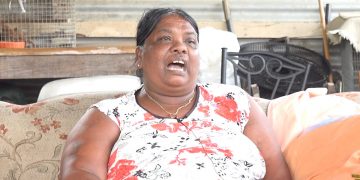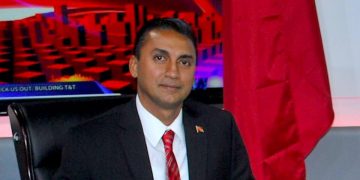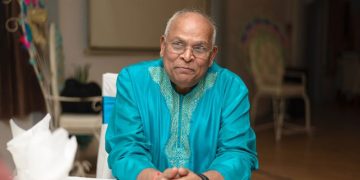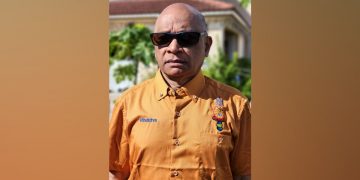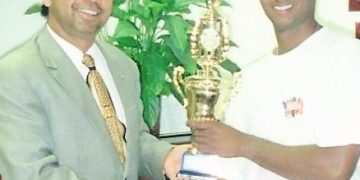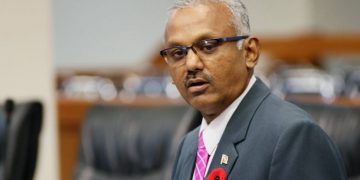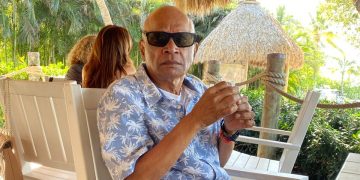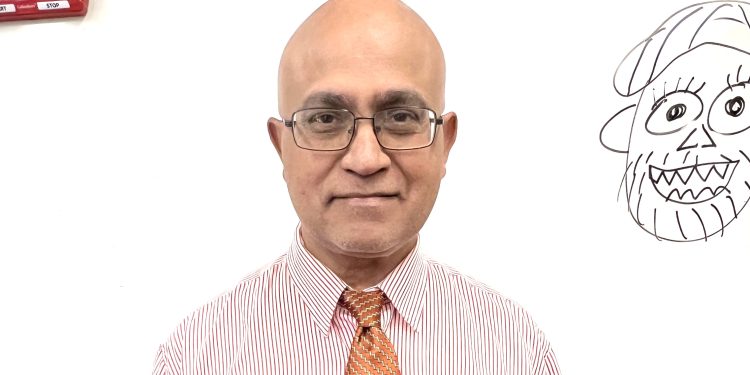Several individuals approached me, as someone who conducted hundreds of surveys in Trinidad as well as in sister island of Tobago and hundreds more globally, to comment on the Hamid Ghany poll published in the Guardian (Apr 20).
There would always be detractors regardless of the pollster. Parties and their partisans cheer or condemn the poll depending on which side is ahead in the findings. Pollsters can never please all, and they are often attacked by those whose party or candidate trails in the findings. I experienced many attacks or criticisms. An independent pollster should always be unfazed by critics and welcome fair, balanced critiques to improve on methodology.
It is not fair or professional for a pollster to comment on the work or findings of another pollster. So I will restrict my comments or analysis to how polls are generally conducted and interpreted so the public can evaluate the latest Ghany poll.
Surveys in Trinidad and Tobago are conducted using in person interviews or over the phone. There are other methods (online, mailing, etc.) also used in developed countries. The survey responses can be recorded on paper (PAPI) or on computer q(CATI). Ghany poll used in person interviewing and the responses recorded in computer for tabulation, cross tabulations based on socio-economic factors, and analysis.
In person or household survey is standard in the Caribbean. The survey is of interviewing one person through random interception (defined by the pollster) or selecting homes randomly. If it is a household, one person is selected from the home to be interviewed. Intercept Surveys are generally used in the Caribbean; telephone polls are also known to be conducted.
While household or general interviews tend to choose respondents and have controls in place, intercept surveys are conducted at certain locations. This involves having an interviewer or multiple interviewers asking individuals randomly for their views.
A survey is conducted by defining the universal population and constructing a sample, deciding on the methodology, designing questions, distributing the survey questionnaire, collecting responses, deciding to collect qualitative and or quantitative results, tabulating them, presenting in tables, charts, graphs, analyzing the results, and writing a report. There can be a quantitative or qualitative report or a mixture of both.
An unfair criticism of the Ghany poll is the did of sample. In the USA, any size over 400 is acceptable. New York Times, Wall Street Journal, Washington Post, TV stations use 1500. Ghany used 1650 in Trinidad and 550 in Tobago, way above the minimum threshold.
Another criticism is there is no ethnic breakdown of the respondents polled. There were 11 constituencies each having different size of ethnicities and demographics. One size does not fit all. Each has different traditional leanings based on ethnicity. In fairness, Ghany did not project outcome in each seat. He offered general findings regarding all 11 seats. The public has to draw their own conclusions for each of the 11 seats. A clever statistician can easily use the data to make a projection in each seat.
The Ghany survey and any other public independent survey is welcome. A survey is merely a guide of the political situation on the ground, giving an indication of which political party or candidate likely to win. The survey is not ordained by God; if the actual outcome is different from the findings, it does not mean the poll is inaccurate unless the findings are way off. A poll has a margin of error suggesting by how much the findings can deviate. The larger the sample, the smaller the margin of error. The smaller the sample, the larger the error.
Findings are analyzed at a significance or confidence level based on a formula developed by social science researchers — eminent statistically prone sociologists and political scientists. A confidence level accepted by social science researchers is 95%. There is a formula to calculate the margin of error. The Ghany poll margin of error is correct — 3% (rounded off) and 4% respectively for the Trinidad and Tobago poll respectively.
One thing to keep in mind, a poll is a reflection of views or support at a particular period of time. Findings are dynamic. A day or week is a long time in politics. The Ghany poll was published a week after it was conducted. Thus, the findings may not reflect current support.
Personally, the election is close!
